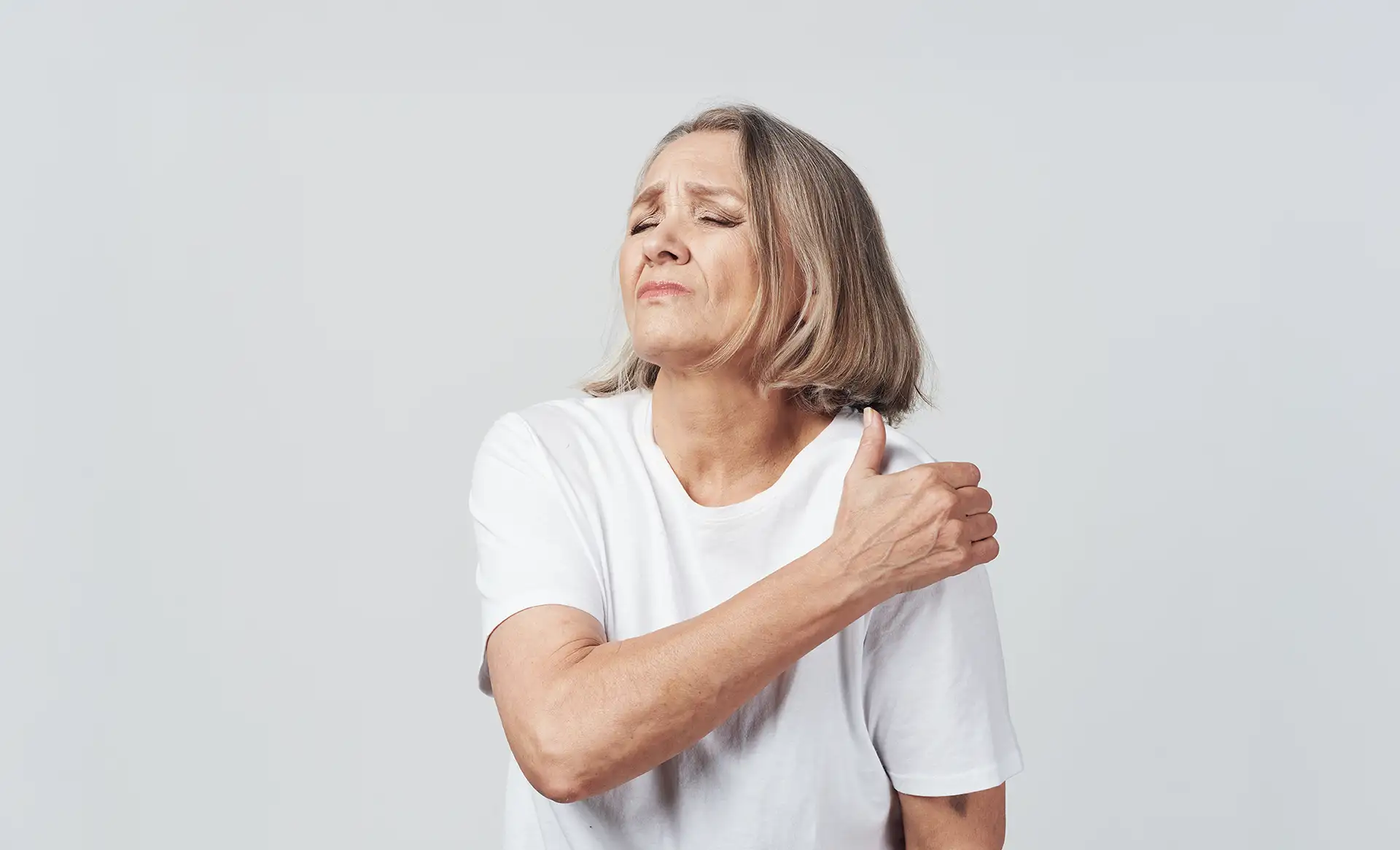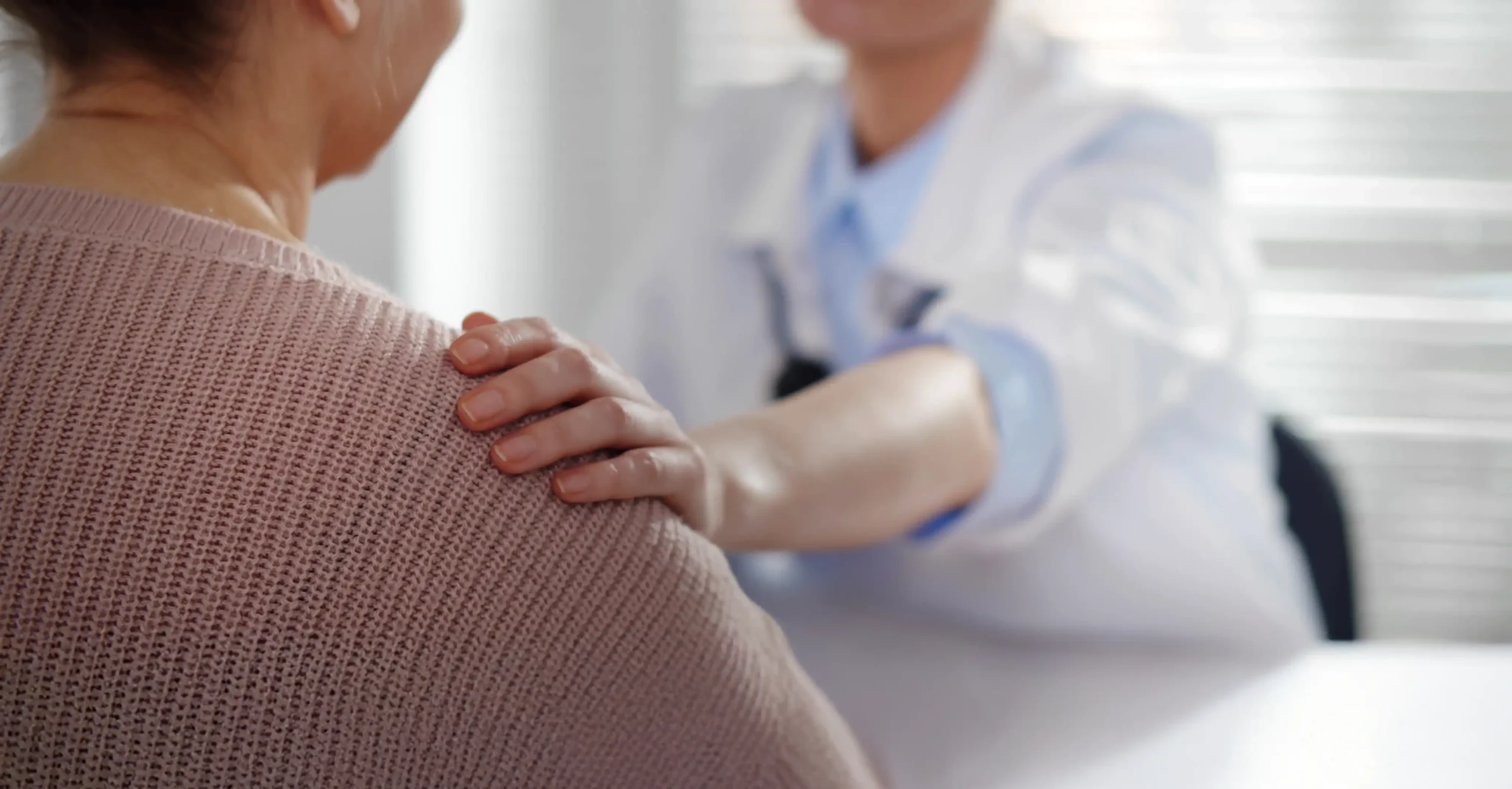I recently had the opportunity to sit down with FOX21 News to discuss rotator cuffs and what to do in the event of an injury.
Transcription
Claudia Garofalo: Welcome to “Medical Minute.” This morning, we’re out at Colorado Springs Orthopaedic Group with Dr. Christopher Jones. And we’re talking about rotator cuffs and what to do in case of an injury. Good morning, Doctor.
Dr. Jones: Good morning.
Claudia Garofalo: So for people watching this morning, what muscles are involved within the rotator cuff?
Dr. Jones: The rotator cuff composes of four muscles that surround the shoulder joint and keep it in place. It’s your supraspinatus, your subscapularis, your infraspinatus, and your teres minor. And they all kind of coalesce together to become one tendon that surrounds the shoulder joint.
Claudia Garofalo: Got it. So which of these muscles would you say are more prone to injury?
Dr. Jones: The supraspinatus is by far the most common tear that we see. And that’s the rotator cuff tendon that’s right on top of your shoulder.
Claudia Garofalo: Okay, so let’s talk about symptoms and the difference between a rotator cuff tear and rotator cuff tendonitis.
Dr. Jones: Well, it’s very common for folks to get rotator cuff tendonitis. In fact, most tears result from recurrent injuries that in each of those little injuries can result in tendonitis. So most folks with tendonitis, they just get some pain, especially with lifting. But the difference is folks with tears, the pain level is usually much more intense, and sometimes they even have crunching or popping when they move the shoulder.
Claudia Garofalo: Of course, and at some point for some patients, I would imagine surgery is the next step. When do they know that they will indeed be facing surgery?
Dr. Jones: Well, it is actually a pretty complicated question because there’s a lot of people that can have rotator cuff tears and not even have surgery. There’s actually a percentage of the population that have tears and don’t even know it. So the first step is always to try non-operative treatment, like therapy, sometimes doing injections to help control pain. But for the vast majority of folks, we always start with conservative care.
Claudia Garofalo: Of course. All right, let’s talk to the athletes out there who have experienced or maybe somebody that in the future will experience some sort of rotator cuff repair. What is the timeframe that they’re able to get back into sports mode or be able to play again?
Dr. Jones: For the first three to four months, they really have to be careful because the repair takes a while to really mature and heal. So back to absolutely full activity without restrictions, you’re usually looking at six months to twelve months.
Claudia Garofalo: Okay, and another question for you is when should somebody come see you? What kind of symptoms will they notice before it’s time to say, “All right, I got to get in to see Dr. Jones”?
Dr. Jones: Probably the biggest thing is pain with lifting, especially if they’re lifting something kind of out away from their body, and pain at night is real common. So that’s probably the number one reason folks end up coming in is there’s just constantly waking up at night.
Claudia Garofalo: Of course. Okay, well, wonderful advice this morning. Thank you so much. And I know you’ve got a personal website, which is ColoradoSportsDoctor.com, for viewers wanting to learn more. What can they see on that website?
Dr. Jones: I have tons of information on rotator cuff injuries. I have several videos actually just demonstrating different types of tears, repair techniques, just general information. So there’s a lot of stuff there.
Claudia Garofalo: Okay, well, thanks for your time. And of course, if you’ve been experiencing some kind of pain, maybe it’s time to get checked. Of course, CSOG.net for more info. We’ll see you again next time on “Medical Minute.”





